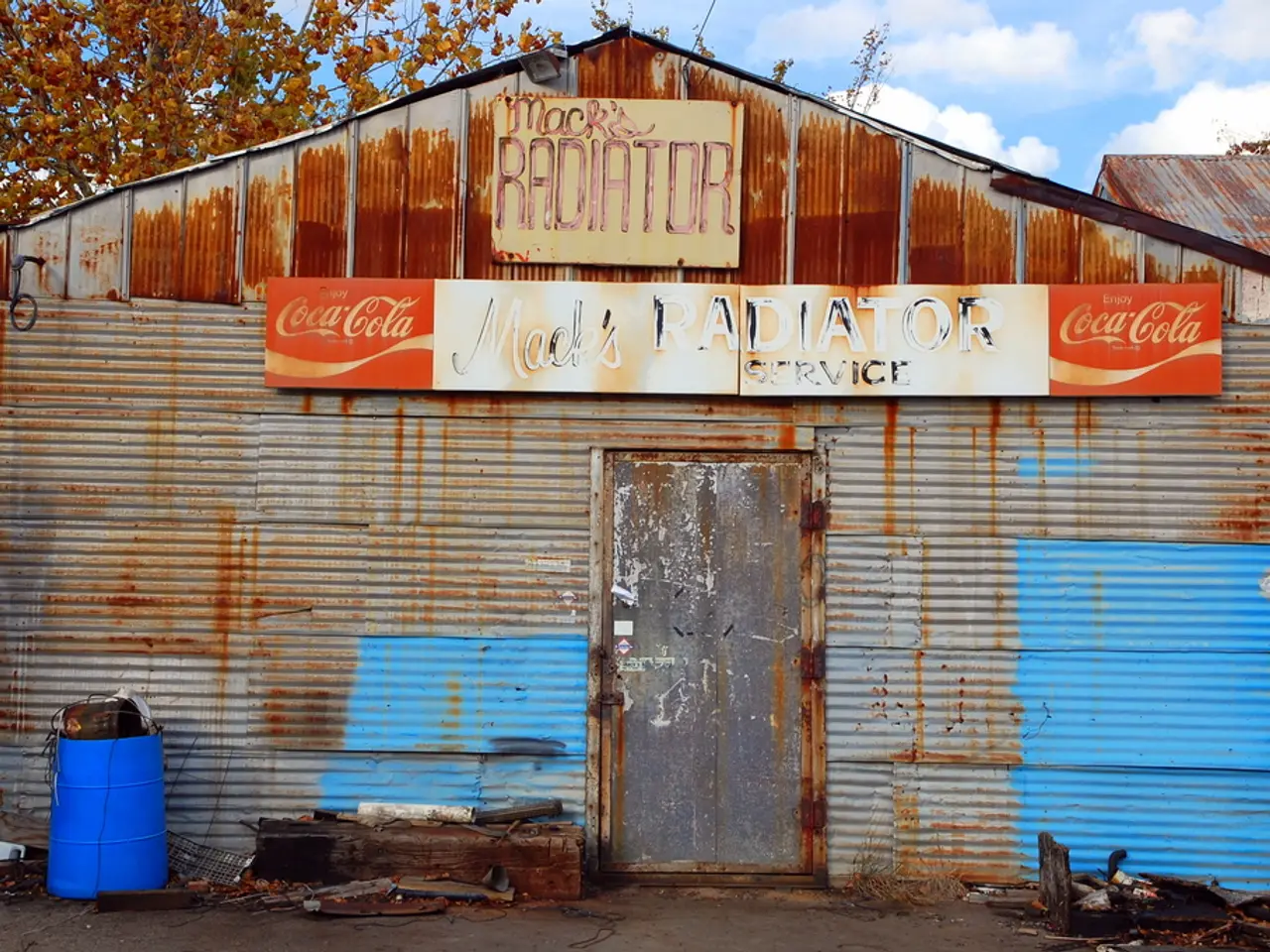Tennis courts shutting down due to asbestos issue
In the picturesque town of Saint-Sauveur, Quebec, a surprising discovery has led to the preventive closure of its clay tennis courts. Preliminary tests conducted by the city revealed an excessively high presence of asbestos in the sand bags used for the maintenance of the courts, surpassing the 0.1% standard set by Canadian regulations.
The city administration, led by General Director Jean-Philippe Gadbois, has taken swift action to ensure the safety of employees and users. Gadbois contacted the Provincial Association of General Directors to inquire about the product and preventive measures, and Environment Canada has seized the clay tennis court bags for further analysis.
The asbestos level, according to the city's analysis through the Lab'eau-air-sol laboratory, could be as high as 1%, a figure that is 10 times the permitted limit. This alarming discovery has raised concerns among locals, including players like Serge Levasseur, who lives in the region, and Louise Létourneau, Levasseur's playing partner, who learned to play tennis on the different courts of Saint-Sauveur.
Despite the concern, Dr. Marie-Claude Lacombe, a health environment consultant, assures that it's still too early to discuss potential effects on the population. She emphasised that when asbestos levels exceed 0.1%, employees who handle the product must wear complete protective equipment, including gloves and goggles.
The producing company, Har-Tru, has not been contacted by any environmental or health agency regarding the test results. However, Environment Canada's enforcement branch has ordered the cessation of using the sand bags for court maintenance.
Daniel Lachance, a family member from Sainte-Anne-des-Lacs, is concerned about the announcement, although he has never frequented the clay court. City Mayor Lachance, on the other hand, is pleased that the necessary steps are being taken to remedy the situation.
As the investigation continues, it remains unclear whether this issue is isolated to Saint-Sauveur or extends to other clay tennis courts in Quebec and potentially Canada. Gadbois believes that the problem may be larger than just Saint-Sauveur, given the widespread use of the product in the maintenance of clay tennis courts.
For authoritative updates, checking official Environment Canada and CNESST announcements or local Saint-Sauveur municipal communications would be recommended. The public health authorities were immediately contacted regarding the issue, ensuring that any further developments will be addressed promptly.
Players interviewed on the sidelines of the asphalt tennis courts in Saint-Sauveur were surprised by the city's announcement, expressing a mix of concern and confusion. Despite the uncertainty, Serge Levasseur, a player who lives in the region, is not overly concerned but acknowledges that the situation is not ideal.
As the investigation unfolds, the community of Saint-Sauveur awaits updates on the safety of their beloved tennis courts and the potential impact on their health. The closure of the courts serves as a reminder of the importance of regular inspections and adherence to safety standards in maintaining public facilities.
- Taking the health and wellness of citizens into account, City Mayor Lachance supports the swift action of the city administration, acknowledging that it's crucial to adhere to safety standards, even outside Saint-Sauveur's clay tennis courts.
- In light of the worrying asbestos levels in the clay tennis court bags, scientists and experts are urging for further investigation into environmental-science implications, particularly concerning the widespread use of these products in the maintenance of sports facilities across Quebec and Canada.
- The surprising discovery of high asbestos levels in the Saint-Sauveur clay tennis court bags has not limited its impact only to the world of science or medical-conditions. Concerns about the potential effects on the population and the health-and-wellness of players like Serge Levasseur and Louise Létourneau highlight the pressing need for comprehensive analysis and preventive measures in sports infrastructure maintenance.




